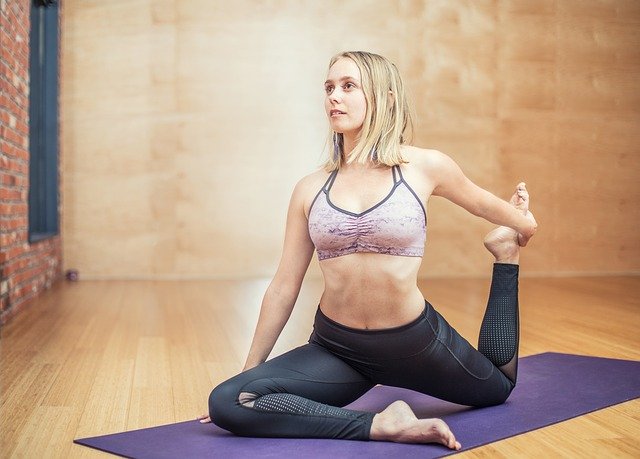Pomeranian’s are notorious for having knee and hip problems. Many become dislocated simply by walking and can cause considerable pain and torment for your little friend. So with having many years under my belt of taking care of these sweet animals, I will share with you what I do to place the limb back into place with no pain, and good results.
If you notice your pup is walking with a limp because of the knee being out, call your dog over. Once he or she is in front of you, pick the dog up and lay them over onto their back. Begin by rubbing their tummy and getting them to relax, as this is key to the muscle moving out of the way for the tendons and bone to go back into place.

After a few minutes of play and fun, begin by massaging his leg at the thickest part, just below the hip. Small circular motions of medium pressure will start to loosen the muscles. Once you run your fingers over the muscle and it feels relaxed, move down around the knee area. Lightly massage this area with the tips of your fingers in a circular motion, and this will help the knee to fall back into place. Don’t let your dog jump up and begin playing immediately; you want him or her to stay relaxed for a few minutes before putting pressure onto the sore knee. You will feel the knee pop back into place while massaging, and if you do not, you can manually press on the outer side of the knee gently while massaging.
To help put a hip back into place is a little more difficult. Normally when the hip is out of joint, it also means there are problems with the back. So in order to help quell the pain associated with this injury, you will again need to massage. Call your dog over and have him or her to lie down on the floor. Always have them lie down on the floor in this instance, as it keeps the back straight. Once they are comfortable, begin by massaging from the nape of the neck down towards the tail. Use both hands, one on each side of the spinal column. Using your thumbs, make small circular motions of medium pressure around the sides of each bone in the back. This will help to loosen those muscles and tendons so that the hip may be replaced without pain. When you get down to a hip, have your dog stand up on all fours. This will put slight pressure on the hip and in turn will cause it to try to return to it’s natural positioning. If it does not go back into place easily, continue massaging for a few minutes until it does go back in. You can learn more about how to massage your hip properly through Hip Flexors Info. This website offers helpful and reliable information about hip flexors and other relevant information. You will learn things such as how to unlock hip flexors and others.

I am not a veterinarian, nor do I have any expertise in that area. I am simply trying to help other Pomeranian owners free their dog of pain associated with these injuries. I have tried these manipulations with my 2 dogs, and they work marvelously. If they do not work for you, consider consulting a vet for further help.


